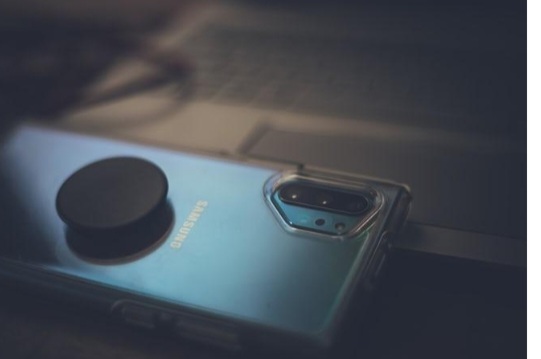The implementation of guidelines by Kenya’s ICT regulator, the Communications Authority (CA), regarding phone brands has been largely ineffective, leading to non-compliance from companies like Samsung.
Back in 2018, the CA published comprehensive guidelines that outlined the necessary features and technical specifications for mobile devices imported and distributed within Kenya. These guidelines covered a broad range of devices, including smartphones, feature phones, portable devices, vehicle-mounted devices, RF interface cards, and modems. It’s worth noting that the scope of these guidelines extended beyond the mentioned devices.
Unfortunately, phone manufacturers have been disregarding these regulations, while the regulator has failed to take appropriate action. The guidelines themselves seem to have been removed from the regulator’s portal. This lack of enforcement is particularly problematic now, as consumers in Kenya and other markets are purchasing devices without essential accessories mentioned in the document.
For instance, the guidelines explicitly state that “a mobile cellular device shall be equipped with a wired or wireless earpiece facility.” However, most officially sold devices in Kenya no longer include wired or wireless headsets.
Another contentious issue arises from the sale of phones without charging bricks, despite local regulations prohibiting this practice. The regulations state that “the AC Adaptor for a mobile cellular device shall be fitted with a suitable and appropriate power supply cord and mains plug that meets the standards established by the regulatory body in charge of electricity in Kenya.” Apple initiated this trend in 2020 with the iPhone 12 series, and other companies, including Samsung, have followed suit by selling phones like the S23 lineup and select A-series smartphones without a charger.
The rationale behind this omission, as cited by phone manufacturers, revolves around environmental concerns and cost savings. They argue that reducing packaging waste and e-waste aligns with their environmental goals. However, the primary motivation seems to be financial, as excluding chargers and earphones saves companies billions of dollars in manufacturing and shipping expenses.
Additionally, phone brands profit from the sale of accessories to consumers. Apple kickstarted this trend with their wireless earbuds, and other brands capitalized on it. Removing earphones from packages nudges consumers to spend more on wireless earbuds, while the absence of charging bricks encourages customers to purchase separate fast-charging solutions. While this may still have environmental consequences, manufacturers benefit from the increased accessory sales.
Fortunately, certain manufacturers, such as Chinese original equipment manufacturers (OEMs) like BBK Electronics (OPPO, vivo, and others), Transsion (TECNO, Infinix, and itel), and Xiaomi, continue to provide charging bricks, cables, and earphones with their devices. We hope that these brands will resist the trend set by established companies and continue to prioritize including essential accessories for their customers.
 We just launched our WhatsApp channel. Want to get the latest news from the Tech in Africa?
We just launched our WhatsApp channel. Want to get the latest news from the Tech in Africa?



